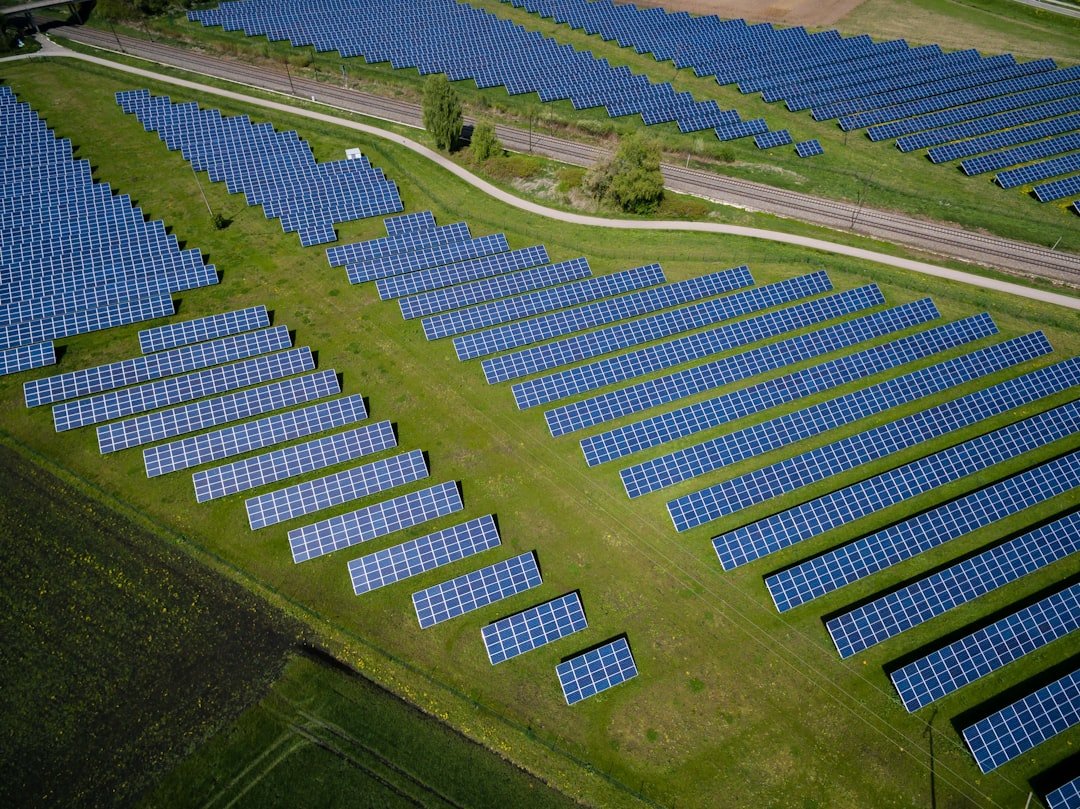Knowing About Water Contamination Millions of people are impacted daily by this urgent worldwide issue. When dangerous materials are present in water bodies, they become unfit for human consumption and use. There are many different sources of contaminated water, such as household waste, agricultural runoff, and industrial discharges. Beyond issues with personal health, water contamination can have negative effects on ecosystems, endanger wildlife, and lower the standard of living in communities that depend on clean water sources.
Key Takeaways
- Water contamination refers to the presence of harmful substances in water, making it unsafe for consumption and use.
- Sources of water contamination include industrial waste, agricultural runoff, sewage, and chemical spills.
- Water contamination can lead to various health issues such as gastrointestinal illnesses, reproductive problems, and neurological disorders.
- Testing and monitoring water contamination is crucial to identify and address potential risks to public health.
- Visual evidence of water contamination includes discolored water, foul odor, and presence of floating debris or pollutants.
Water contamination is complicated due to its many facets. There are two basic types of contaminants: chemical and biological. Pathogens like bacteria, viruses, & parasites are examples of biological contaminants that can cause serious health problems. Heavy metals, pesticides, and medications are just a few examples of the many substances that are considered chemical contaminants.
Developing effective strategies to combat water pollution & protect public health requires an understanding of the various types of contaminants. Water Contamination Sources There are many different & frequently connected sources of water contamination. The industrial sector is one of the main contributors. Manufacturing facilities and factories regularly release pollutants into adjacent water bodies, either directly or through runoff during rainy seasons.
These contaminants can include organic compounds, heavy metals, and hazardous chemicals that are extremely dangerous to aquatic ecosystems and human health. Another important factor in water contamination is agricultural practices. Fertilizers and pesticides are necessary for crop production, but they can leak into rivers, lakes, & groundwater when they are washed away by irrigation or rainfall. Not only does this runoff pollute drinking water sources, but it also causes eutrophication, which lowers oxygen levels in water bodies and kills aquatic life. Urbanization also increases stormwater runoff, which introduces pollutants from buildings and roadways into nearby waterways, contributing to water contamination.
| Location | Contaminant | Concentration (ppm) |
|---|---|---|
| City A | Lead | 0.015 |
| City B | Mercury | 0.002 |
| City C | Arsenic | 0.01 |
Effects of Water Contamination on Health Water contamination has significant and wide-ranging effects on health. From gastrointestinal infections to more serious conditions like kidney damage & neurological disorders, drinking tainted water can cause a number of illnesses. Particularly at risk are vulnerable groups, such as children, the elderly, & people with underlying medical conditions.
For example, children who drink water tainted with lead may experience developmental problems, and prolonged exposure to specific chemicals may raise the risk of developing cancer. The psychological effects of contaminated water are also too important to ignore. Communities that depend on tainted water sources frequently face increased stress and anxiety because of health issues. Fear of getting sick can cause social disconnection and a deterioration in general health.
The fight for access to safe drinking water can worsen already-existing disparities and impede economic growth in areas with a shortage of clean water. Testing and Monitoring Water Contamination In order to combat water contamination, effective testing and monitoring are crucial. Frequent evaluations guarantee adherence to safety regulations and assist in detecting the presence of dangerous materials in water supplies.
Numerous techniques, such as chemical analysis, microbiological testing, and physical evaluations, are used to check for contaminants. From heavy metals to pathogens, these tests are capable of detecting a broad range of pollutants, giving public health officials vital information. Monitoring programs, in addition to laboratory testing, are essential for tracking changes in water quality over time. Local communities, environmental groups, and government agencies frequently work together on these initiatives.
Stakeholders can spot trends in contamination levels and take preventative action against new threats by setting up baseline data and continuing monitoring activities. This cooperative strategy promotes community involvement in environmental stewardship in addition to improving public safety. Water Contamination Visual evidence of water contamination can be a strong reminder of the problem at hand and can be quite striking.
Pollution can be seen with the naked eye in the form of floating debris, algae blooms, & discolored water bodies. For example, lakes or rivers that exhibit greenish or brownish tones frequently indicate an excess of nutrients flowing through them, which can result in toxic algal blooms that are bad for aquatic life & human health. In order to increase public awareness of water pollution, photographic documentation of contaminated sites has become crucial. Images of the sharp contrast between clean and polluted waterways are commonly used by activists & environmental organizations. These images not only draw in viewers, but they also provide strong support for advocacy campaigns that support legislative changes and inspire neighborhood action. Prevention, remediation, & community involvement are all important components of a multifaceted strategy to address water contamination.
The application of best management practices (BMPs) in industry and agriculture is one successful tactic. By implementing sustainable practices, BMPs help reduce runoff into waterways & the use of hazardous chemicals. For instance, farmers can improve soil health and reduce their dependency on synthetic fertilizers by using crop rotation and cover cropping techniques. Remedial technologies are essential for cleaning up contaminated water sources in addition to preventive measures.
Restoring impacted ecosystems has shown promise with methods like bioremediation, which uses microorganisms to break down pollutants. Also, spending money on cutting-edge filtration systems for drinking water treatment can greatly lower pollutants before they are consumed. In order to guarantee that communities have access to clean drinking water, public-private partnerships can help finance these projects. Government Policies & Regulations: Government policies are essential for controlling water quality and safeguarding public health. To address the problem of water contamination, numerous laws and policies have been put in place at the local, national, and international levels.
For instance, the US Clean Water Act controls pollution discharges into navigable waters and establishes water quality standards. Such laws are necessary to guarantee that communities have access to clean water & to hold businesses responsible for their effects on the environment. However, political considerations and a lack of funding can make it difficult to enforce these rules. Advocacy organizations frequently demand more stringent laws & openness with regard to data on water quality.
These groups are essential to the advancement of environmental & public health because they hold governments responsible for their deeds—or lack thereof. Governmental organizations, nonprofits, and community members must work together to develop policies that effectively address the underlying causes of water contamination. Education and Public Awareness of Water Contamination Education and public awareness are essential elements in the fight against water contamination. Collective action toward solutions is hampered by the fact that many people are still ignorant of the causes and effects of contaminated water.
Campaigns to educate people about the value of clean water can encourage them to take proactive measures to safeguard their communities. Younger generations’ awareness is fostered in large part by schools. An early sense of responsibility for natural resources can be instilled by incorporating environmental education into curricula. Through the provision of useful information on how to lower pollution at home & promote cleaner water policies, community workshops and outreach initiatives can further engage locals. Through cultivating a culture of consciousness and accountability, communities can effectively collaborate to tackle the issues presented by contaminated water. In conclusion, creating practical solutions that safeguard ecosystems and public health requires an understanding of the complexities surrounding water contamination.
Society can make great progress in guaranteeing that everyone has access to clean water by addressing the sources of pollution, putting strong testing procedures into place, upholding laws, & raising public awareness. To overcome this pressing issue facing humanity today, cooperation between individuals, communities, governments, and organizations will be essential.



